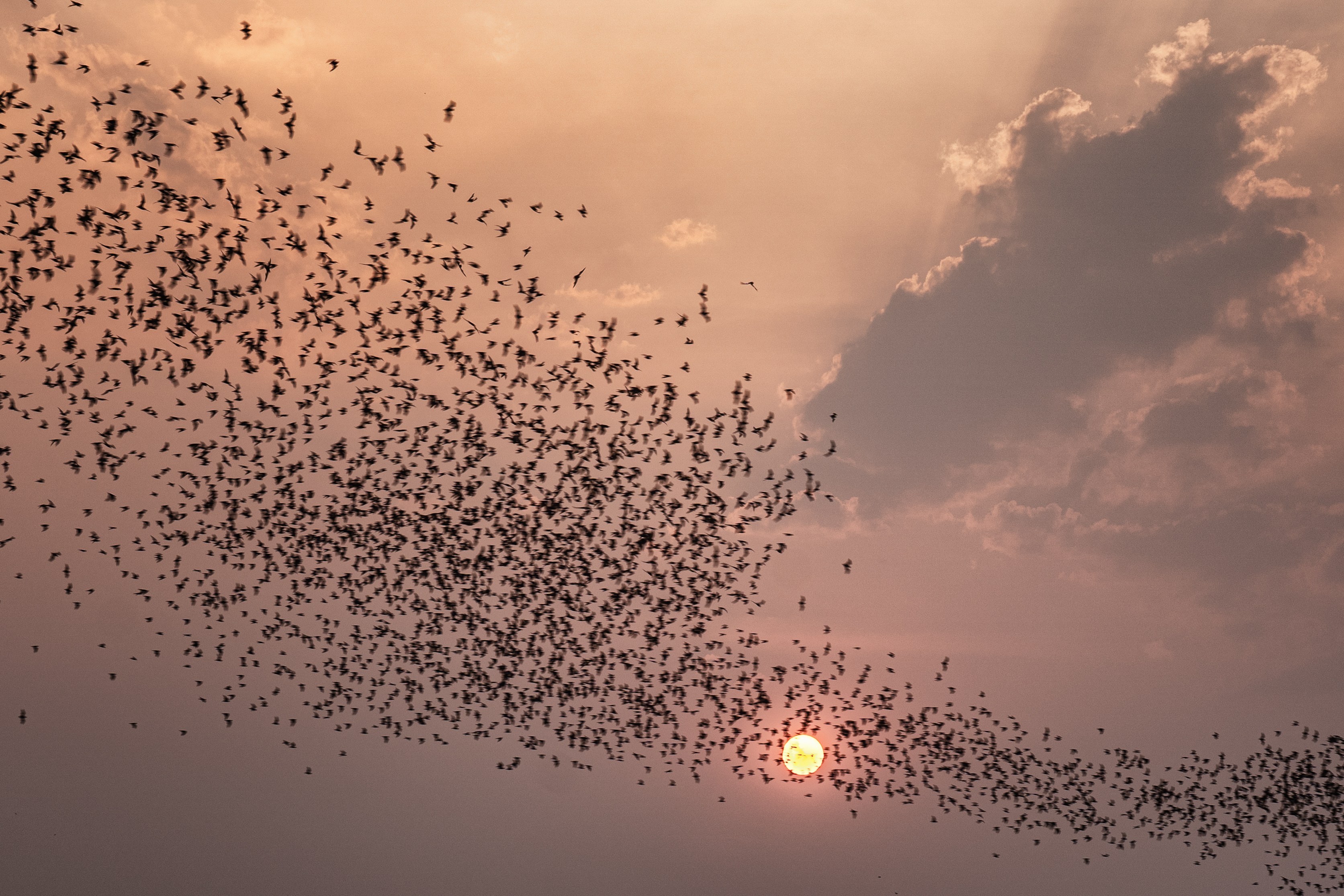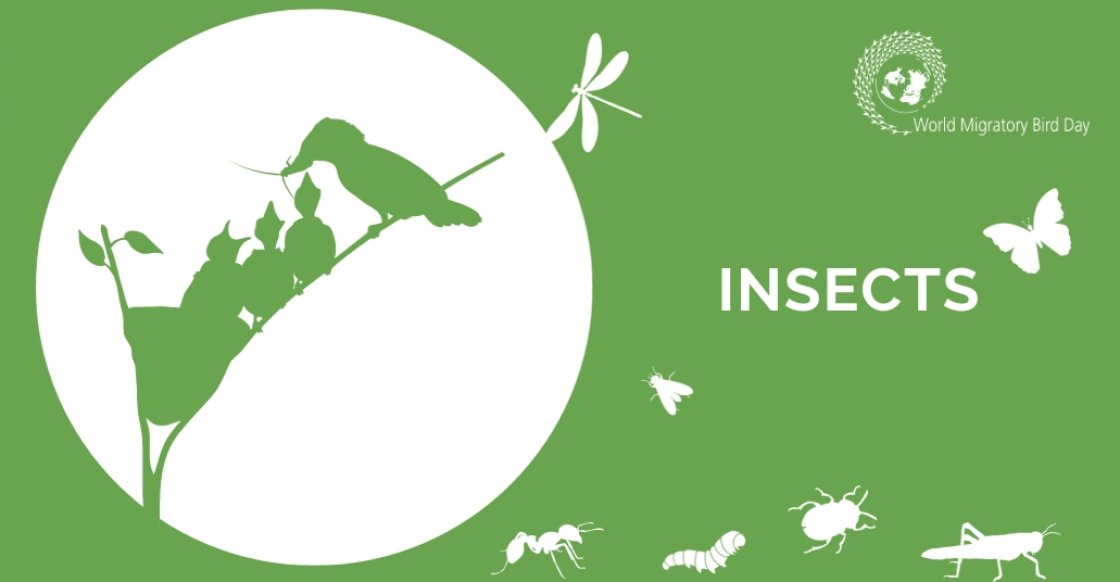Journey to Cambodia (1/3)
Day 1 - Observing the flying foxes
As part of the BCOMING project, I had the opportunity to visit Cambodia for the first time, a country that had always interested me with its unique blend of ancient history, sobering past, bustling city life, and vibrant street markets.
BCOMING, with its focus on biodiversity conservation to mitigate the risk of emerging infectious diseases, particularly in tropical hotspots, aims to develop standardized data collection systems, agent-based models (ABM), and participatory tools. These tools are crucial for understanding and addressing the intricate links between biodiversity loss and the emergence of zoonotic diseases, thereby contributing to improved policy-making and international biodiversity efforts.
On the 11th of December (2023), I had the opportunity to go on a field visit to observe the roost of Lyle's flying foxes (Pteropus lylei) in the Kandal province. The journey took around 2 hours on a scenic route. When we arrived at Wat Pichey Sakor in Kandal province, where the roost is located, we could immediately hear the thousands of flying foxes chattering all over the trees. Julien Cappelle, the project coordinator, who had been monitoring this population for four years, explained that he was surprised by how much the scene had changed since his last visit. They noticed that during those four years, the population had grown. Flying foxes are fruit and nectar feeders, and the reason they like to live in the place we visited is that the Wat is surrounded by different plantations, including mango. During winter, they mostly feed on nectar and flowers. Flying foxes have only one reproductive period, and Julien added that they had probably just mated recently and will give birth in April.

Fig.1 The BCOMING team observing the fying foxes in Wat Pichey Sakor in Kandal province
Apart from being complex and amazing animals, flying foxes also have the potential to carry several viruses, including coronavirus, and one of the deadliest of all, the Nipah virus. Fortunately, there hasn't been a Nipah outbreak in Cambodia. The reason we went there so that Cherie Yu, a PhD student of CIRAD who had just started a year ago, could see how the population count was conducted. We waited until dawn, and five people simultaneously counted the bats flying from one tree to another, making sure not to count them twice if they flew back. As there were thousands of them, each click on the counter represented ten bats. Even with this, one had to press very quickly to count them all. The results varied quite a bit, which shows how challenging it is to assess a certain population, but the numbers get closer to each other as you practice more and more.
It is worth noting that before the field visit, the BCOMING team headed to the forest in Stung Teng for a week-long field work where they successfully sampled and microchipped a bit less than 200 bats.




